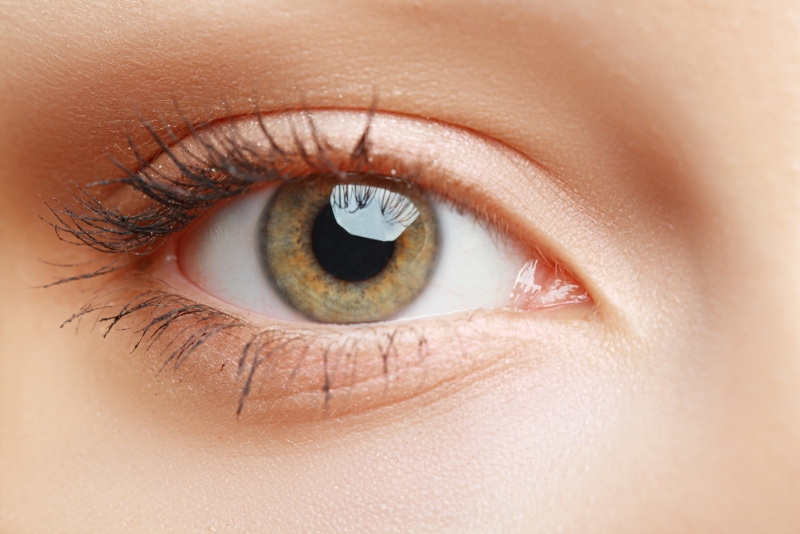Photokeratitis, also known as snow blindness, is sunburn on your cornea. It occurs when ultraviolet rays from the sun damage your eyes. It is quite painful and mainly occurs in areas where ultraviolet light reflects off other surfaces, in particular snow, water, ice or sand. It is also more common in high-altitude areas where the air is thin and unable to properly protect your eyes from harmful rays and due to the fact that water reflects about 25% of UV rays while snow reflects up to 80%.
What are the Symptoms?
Like sunburn, it can take time for the full effects of photokeratitis to be felt, with full symptoms displaying anywhere from 30 minutes to 12 hours after your original exposure. Symptoms include pain and redness in your eyes, watery eyes, blurry vision and light sensitivity, swelling, twitching, feeling like there is grit in your eyes, headache, and temporary loss of vision.
Though it can be quite severe, photokeratitis tends to be temporary and tends to resolve itself within 6 to 48 hours depending on your level of exposure. However, in some rare cases, photokeratitis can lead to tissue elevation on the surface of your eye known as pingueculae and pterygia.
How is it Treated?
The first step when treating photokeratitis is to remove yourself from the situation, get indoors immediately and move to a darkened room. If you are wearing contact lenses, remove them immediately but avoid rubbing or touching your eyes otherwise.
Once you are in a dark room, place a cold face washer over your eyes if needed use soothing eye drops. If the pain is bad, take anti-inflammatory medication like ibuprofen which should help to reduce swelling.
If the pain continues for more than two days or if you experience any loss of vision, it is advisable to go to a doctor immediately for urgent medical care.
Can it be Prevented?
Photokeratitis is actually very easily preventable with proper ultraviolet protection. In fact, Inuits have been fashioning snow goggles that do just this for thousands of years. By wearing well-fitted sunglasses that meet the Australian Melanoma Research Foundation's guidelines, you can prevent yourself from ever getting snow blindness. Make sure that whenever you are exposed to high levels of UV radiation, you are not just protecting your skin, but also your eyes. Wide-brimmed hats can also help to decrease the glare that reaches your eyes and should be worn when outside.
Keep yourself safe from photokeratitis with our range of Australian Melanoma Research Foundation sunglasses which will protect you from the sun’s harsh rays.

